A tactical eight-player co-op survival game set in the distant future on Mars. Join the fight and lead your customized squad as you roam freely over huge maps, completing random objectives and dealing with random events. The goal is to strategize, survive and conquer by any means necessary.trailer:
So,at least now it’s cleared out that “red” from the title is now about communism, it is Mars which is set as a stage for this game.It is squad based game which can be co-op or single player campaign set on Mars during big storm.If you choose to play single player you get Taylor Hunt and his squad.Tyler Hunt is part of Lost Generation, a genetically modified humans.
There are tons of action and decisions to make during your fight through the level.At the end of each level there is a boss fight.
The biggest thing in both single and multiplayer is thing called “Tactical Mode“.Tactical mode slows down game speed by 90% and gives time to the player to make decisions for characters.To deploy them in strategic positions,arm them,queing commands etc.Thus something similar has already been seen,with different variations,this looks good.This gives you time to make vital decisions in order for your group to survive.
There will be 10 singleplayer missions, and you will level your soldiers and transfer their new abilities to your next mission.
Managing, maintaining and equiping your squad accordingly for next mission will be very important.
Singleplayer is based around – proper positioning (using corners and barricades so monsters cannot reach you) – using skills (equiping your squad accordingly for the mission ahead) – ammo management (reaching that ammo point before you run out).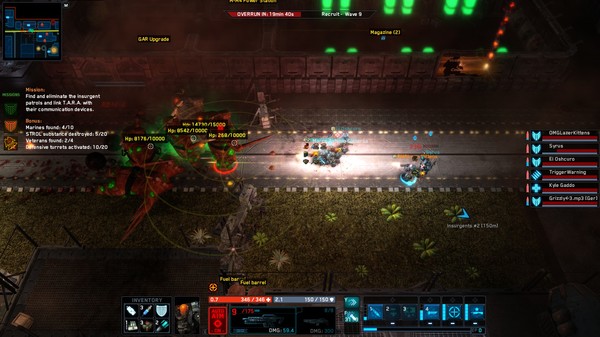
This game is not easy,at all.You’ll have to have right pace in order to survive.This is a shooter but it’s foundations are based on tactics.One of the key elements of The Red Solstice is that it’s class-based, and having a balanced squad of various classes is essential. This goes beyond the obvious “Take a medic with you so you can heal yourself” strategy in that each class has a variety of available skills that can make the difference between success and failure. Using the right support skill at the right time could save lives, and most classes have weaknesses that make it difficult for them to survive alone.For instance, the long-range specialty of the Marksman might be great for picking off enemies from afar, but they’ll struggle if swarmed by a large group at close range. On the other hand, your Heavy Support soldier might be tank-like when it comes to holding a position, but they won’t be fast enough to efficiently run around the map checking for items or turning on power generators. A good team needs diversity.The concept of a team should be stressed here. Even the best soldiers aren’t likely to survive long alone, so sticking close to friendly units and using each class’s unique abilities is vital. A good squad can plan ahead for a wave of enemies by setting up traps and turrets and making sure everybody has spare bullets. A lone wolf will get swarmed by enemies, run out of ammo,get cornered and not necessarily in that order.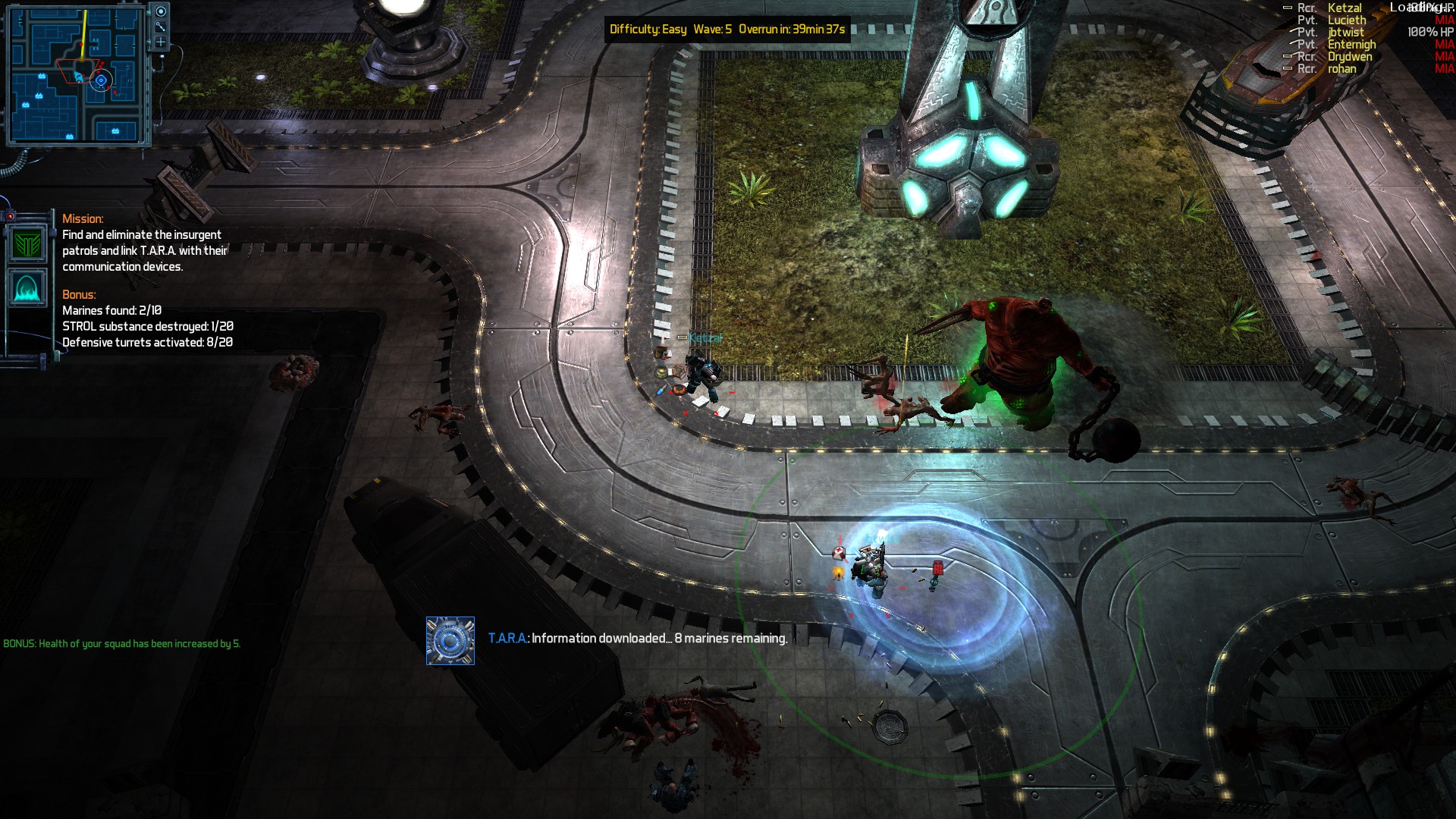
Simply sticking together isn’t all it takes to succeed, though, and repeated failures can be frustrating. This is especially true as you deal with the infrequent checkpoints in the single-player campaign (which often force you to take long walks and fight through big groups over and over again) or die as you realize for the first time that grenades and rockets inexplicably seem to go through walls. A lot of little problems like these can add up to an unpleasant experience, but they’re easier to get through with friends.
The game’s focus (and where it shines most) is its multiplayer. If controlling a small squad of units in the single-player game feels like StarCraft, the multiplayer feels more like Diablo. Multiplayer is a co-op experience for up to eight players in which you only control one character. As you play, you’ll earn experience points so you can go up in both level and rank, allowing you to unlock new classes, abilities, and weapons to use in your next game.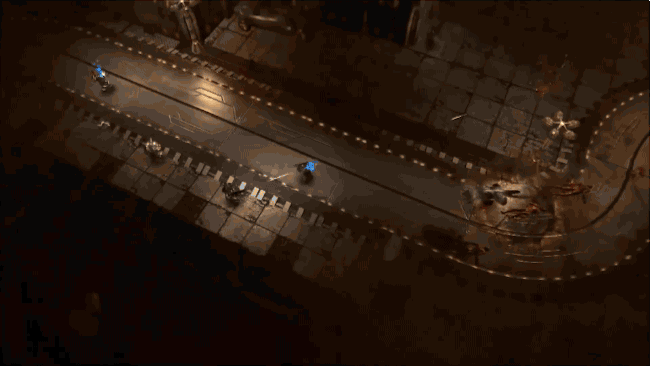
There’s a light story in the multiplayer campaign, but the bigger draw is that each time you play a map, the experience is unlikely to be the same as the last time you played. Beyond a selection of game variables the game’s host can toggle before a match (tweaking things like the amount of time between enemy wave spawns or increasing the number of bosses you’ll encounter), each deployment onto a map is somewhat randomized. The geometry of the location stays the same (though maps are large, so there is a lot to explore), but the enemies you’ll encounter and the missions you’ll receive are dynamic. These missions usually boil down to standard tasks like “kill all the enemies in this area” or “search this body for some information,” but it’s nice to have their order and location shuffled around every game so completing them doesn’t become too rote.
Getting to the center of the storm that is The Red Solstice isn’t easy. A less-than-stellar tutorial and initial overload of information combined with a handful of quirks and bugs make it a game you have to stick with for a little while before you can fully appreciate its depth. If you can reach that point, though, and you have some friends to reach it with, this a storm you will successfully weather.
- developer:Ironward
- publisher:Nkidu Games Inc.
- date of release:09.july 2015.
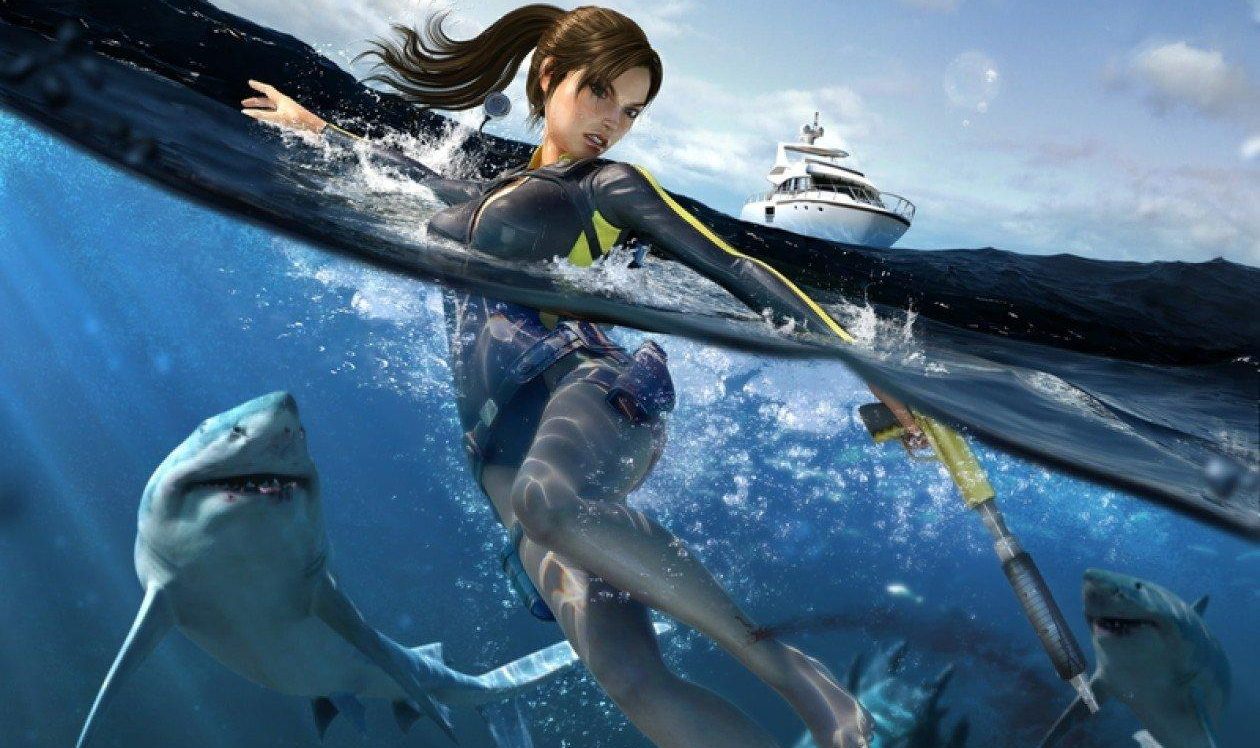

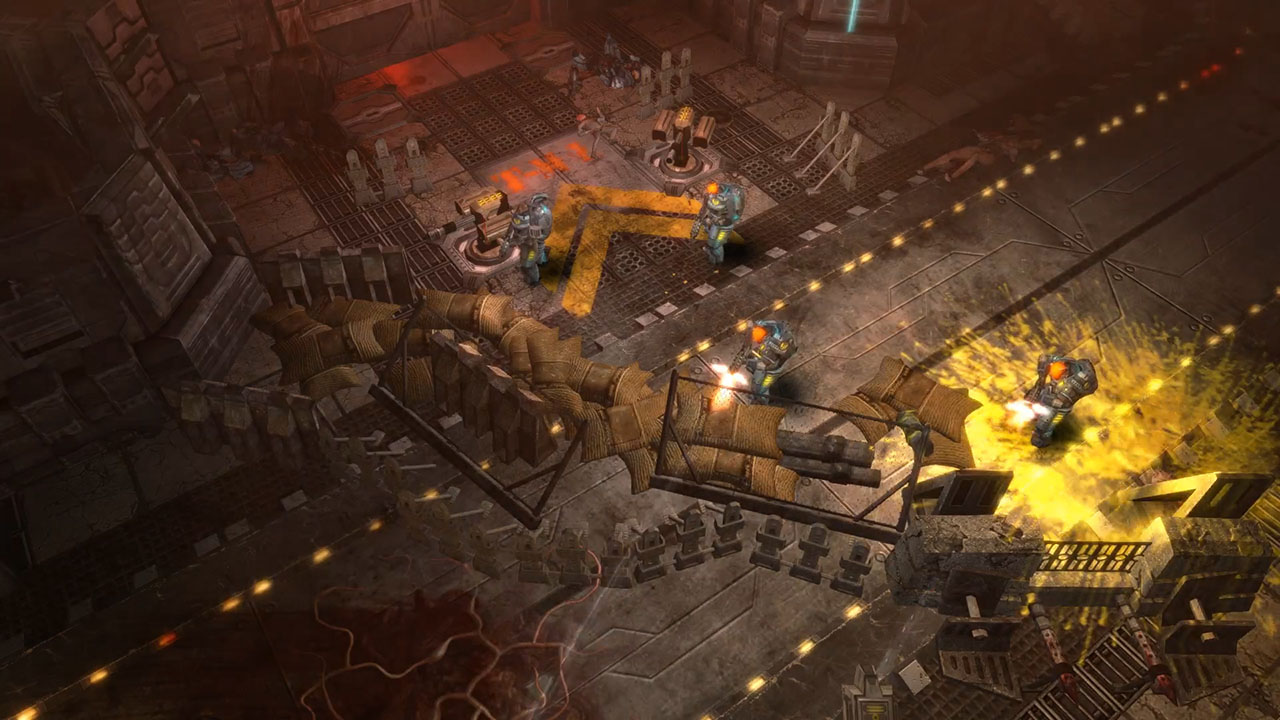
Your Comment Here